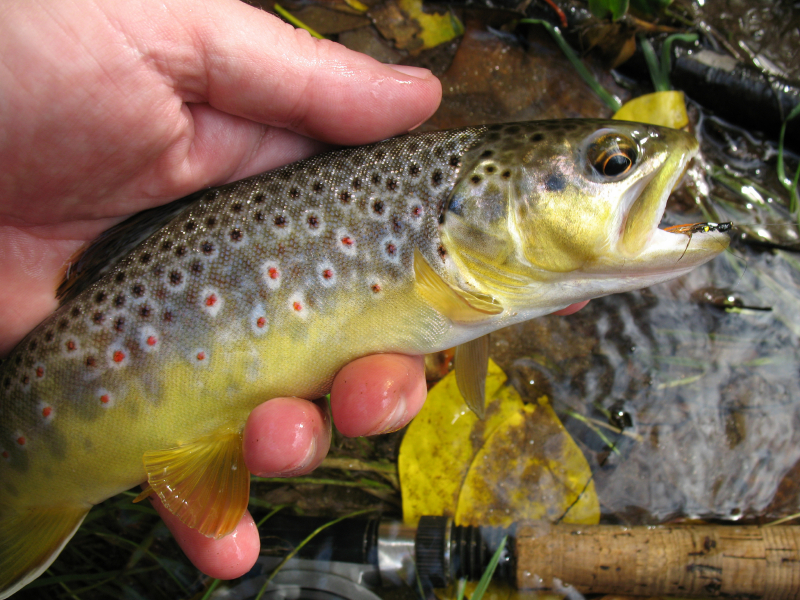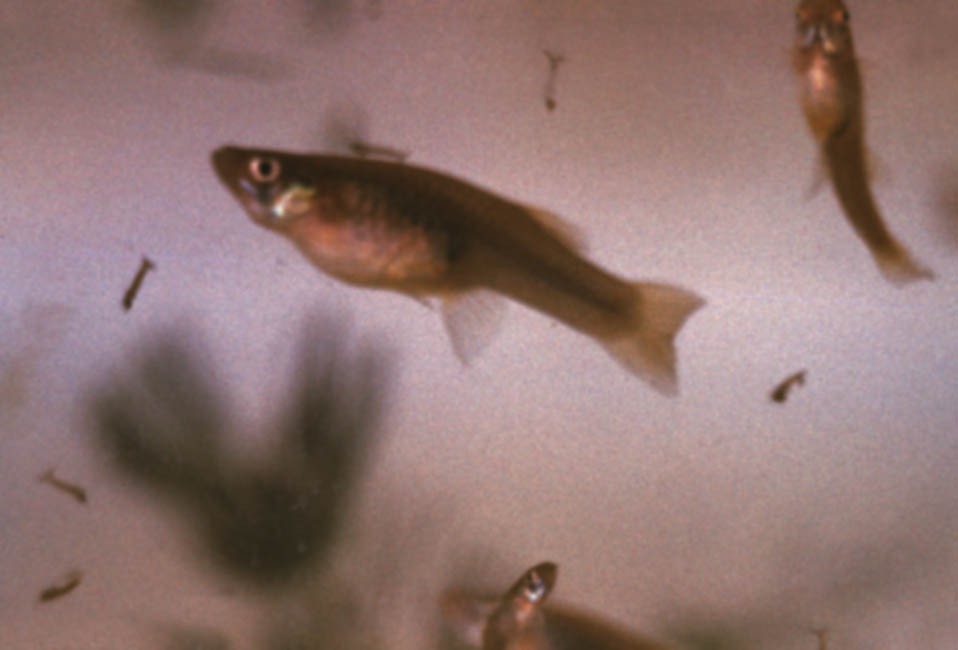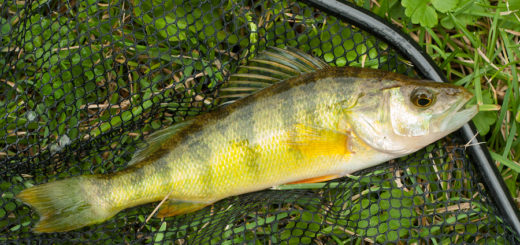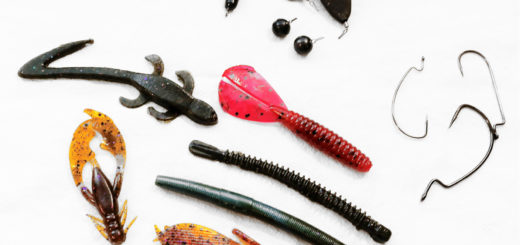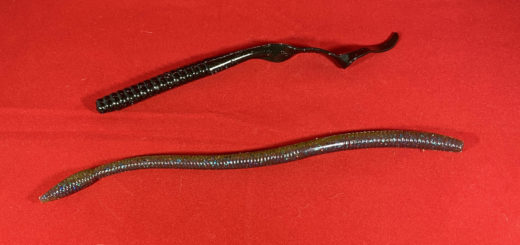The most commonly used fly lure patterns, today commonly known simply as classic salmon flies, have been in use since the late 1700’s, created by and proven effective by Scottish fishermen of the time. The flies were always hand made and came in two variations, the peacock and the dragon fly, they were often tied on demand by craftsmen, using nothing more than raw materials and a small bench top vice. These lures are raw in their objective, as they were made simply to catch fish, there was no market for lures at the time it was simply a hobby, or rather an obsession, that lead to this small group of Scots creating the perfect trout fly.
As the interest and sport of trout fishing became popular, it soon became the interest of the english to modify these designs for sport and commerce. Soon these salmon flies were made using exotic materials such as peacock feathers imported from india, ostrich and jungle-cock feathers from South Africa, and various other species from as far as South America. This gave rise to many more variations in flies and basically set the standard for years to come.
Today feathers from such creatures are extremely hard to come by, in some cases the species used have become extinct. However as the years progressed, pigment discovery and invention meant that we were able to create out own synthetic materials to rival or even potentially exceed those used from living animals. There is however still a huge following in making fly lures the traditional way, such as using hair from horses, feathers from almost every type of bird and other small fibres from many other animals and plant species.
Professionals in traditional fly lure creation in some circumstances tie flies by hand, it is a passion that far exceeds that of people using off the shelf type lures, almost like comparing the creation of a Ferrari to the owner of one. While the love and admiration is still there, the passion is forever heightened with knowing and being involved in the trade. Fly tying is as much an art as it is a means of catching fish, you will be hard pressed to find even a regular fisherman who does not admire the work and dedication that goes into those lures made by hand.
The creep of modern technology however means that the majority of flies in circulation are mass produced, either by machine or by hand in a factory, hand made flies often sell from Pakistan today, while machine produced flies are common in Japan and China. However for the true fly fisherman, nothing is more special than walking into a classic fly tying shop in Scotland, visiting the son or daughter of by gone generations whom still practises the age old art of fly tying, and seeing the true beauty, inspiration and skill that has gone into every one of the hand made traditional style lures.
While fishing for salmon using them is somewhat of a upper class niche in Scotland, a sort of gentleman’s club in comparison to other countries, this all has to do with keeping the purity of the sport how it was for generations. A select few with the skill, knowledge and know-how to make the most of an art many in other countries take for granted.
